August 18 is National Mail Order Catalog Day. This year, the Chicago History Museum is celebrating the 150th anniversary of the company responsible for that designation: Montgomery Ward.
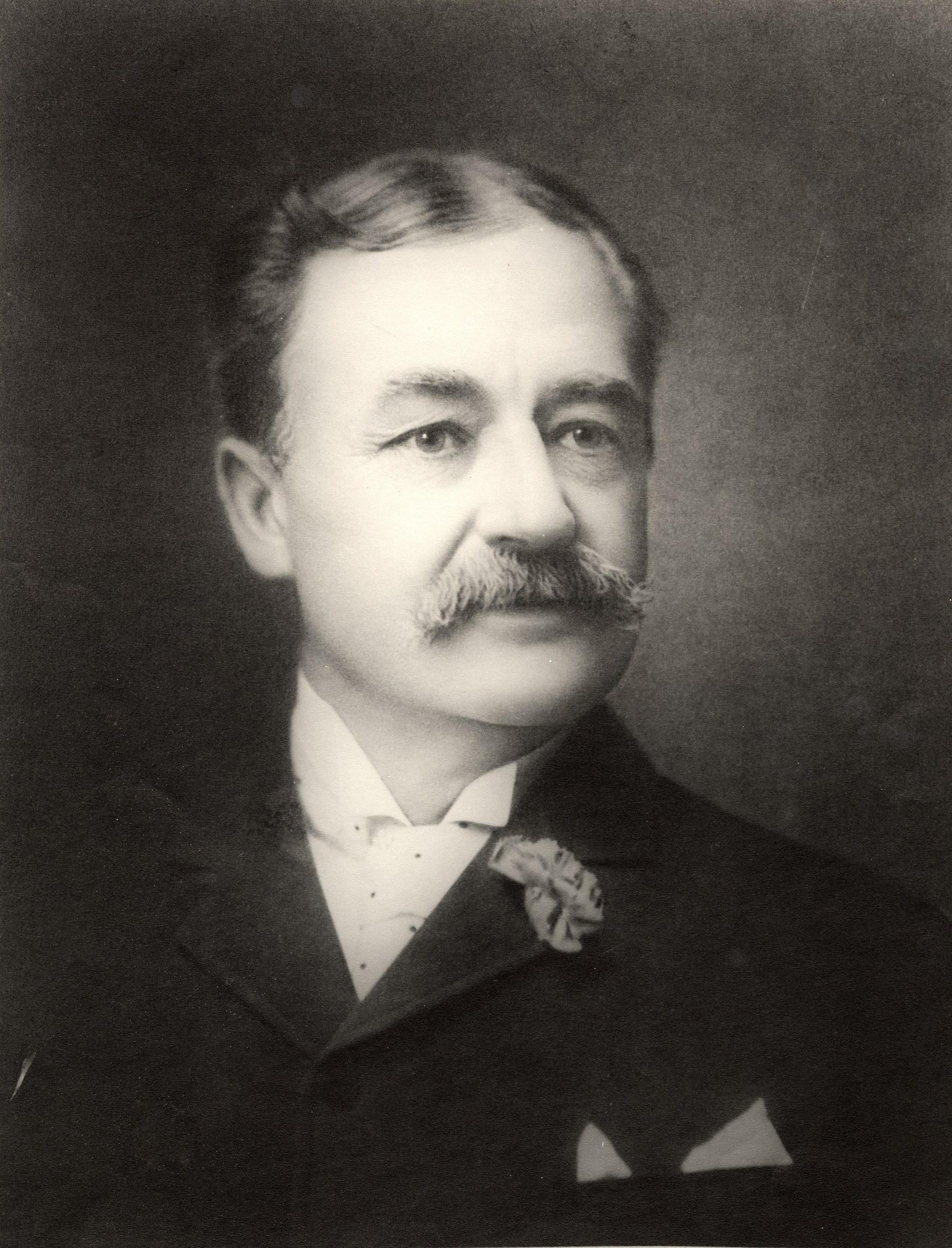
Portrait of Aaron Montgomery Ward. CHM, ICHi-062410
The well-known company was founded by Aaron Montgomery Ward in 1872, with a mission to make its products more available to the public, especially consumers in rural and farming communities. Ward issued its first mail order catalog on August 18, 1872. It was printed on a single sheet of paper, offering 163 distinct items. What made Ward’s catalog the first of its type was its accessibility. It was the first extensive mail order catalog for the masses. Comparatively, other mail order services up to this point were either industry/trade specific or for an elite customer base.
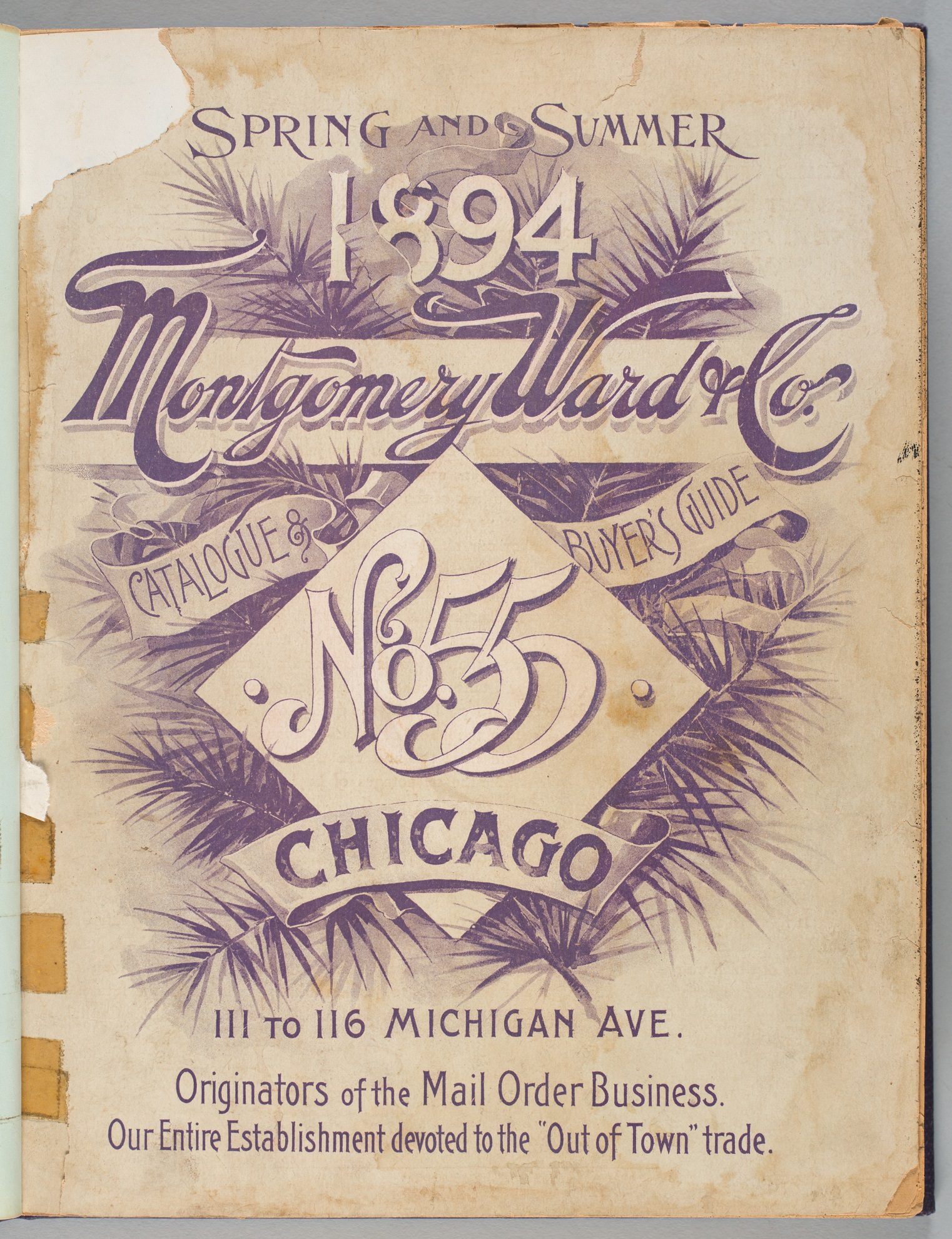
Front cover of the Montgomery Ward & Company catalog and buyers guide No. 55, Spring and Summer 1894, Chicago. CHM, ICHi-092917
Ward’s catalog would quickly prove to be a success, with the catalog growing to 32 pages by 1874 and to 152, with 3,000 items, in 1876. Its offerings were popular with Americans at every economic level and were backed by the company slogan, “satisfaction guaranteed or your money back,” an industry first. By the beginning of the 20th century, Ward’s catalog had more than 3 million subscribers to its mailing list. Customers were able to order everything on the catalog from clothing and farming equipment to entire homes.
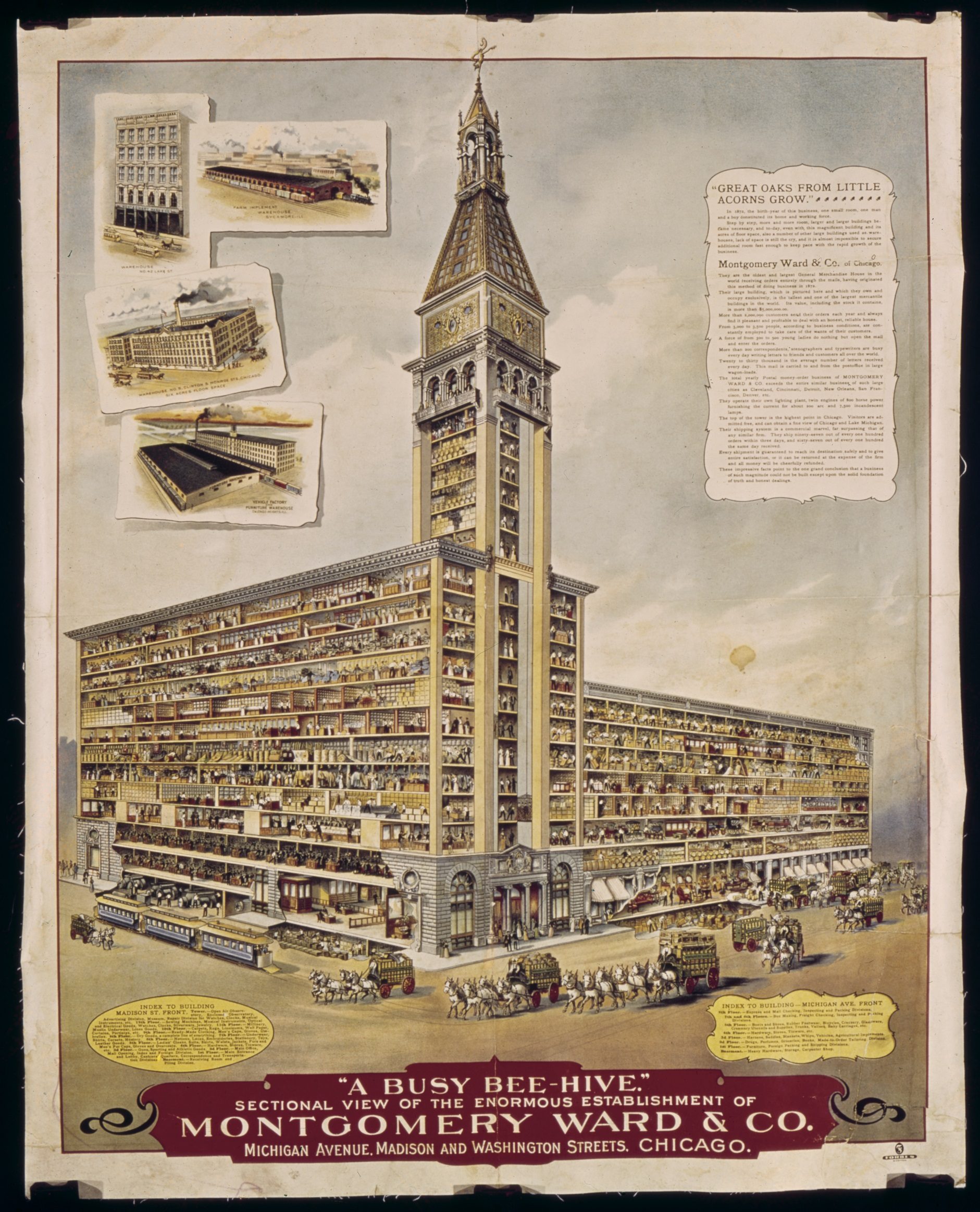
Advertisement broadside of Montgomery Ward & Co. located at Michigan Avenue and Madison and Washington Streets, 1899, Chicago. CHM, ICHi-001622
To satisfy the ever-growing needs of the business operation, Ward built an enormous campus on the north branch of the Chicago River at 618 W. Chicago Avenue comprising an eight-story building, a storefront, and executive offices. Construction on the “mail order house” complex began in 1907, with an estimated cost of $2.5 million (approximately $75 million today). Upon its completion, it was declared one of the largest man-made structures in the world, with its miles of chutes, conveyor paths, and hallways. The building even had a dedicated building courier system, which relied on roller-skating routes across the building for delivering interdepartmental packages and communications. The building still stands today and is a city landmark that has been redeveloped into a mixed-use complex with residences, eateries, and corporate offices for several companies.
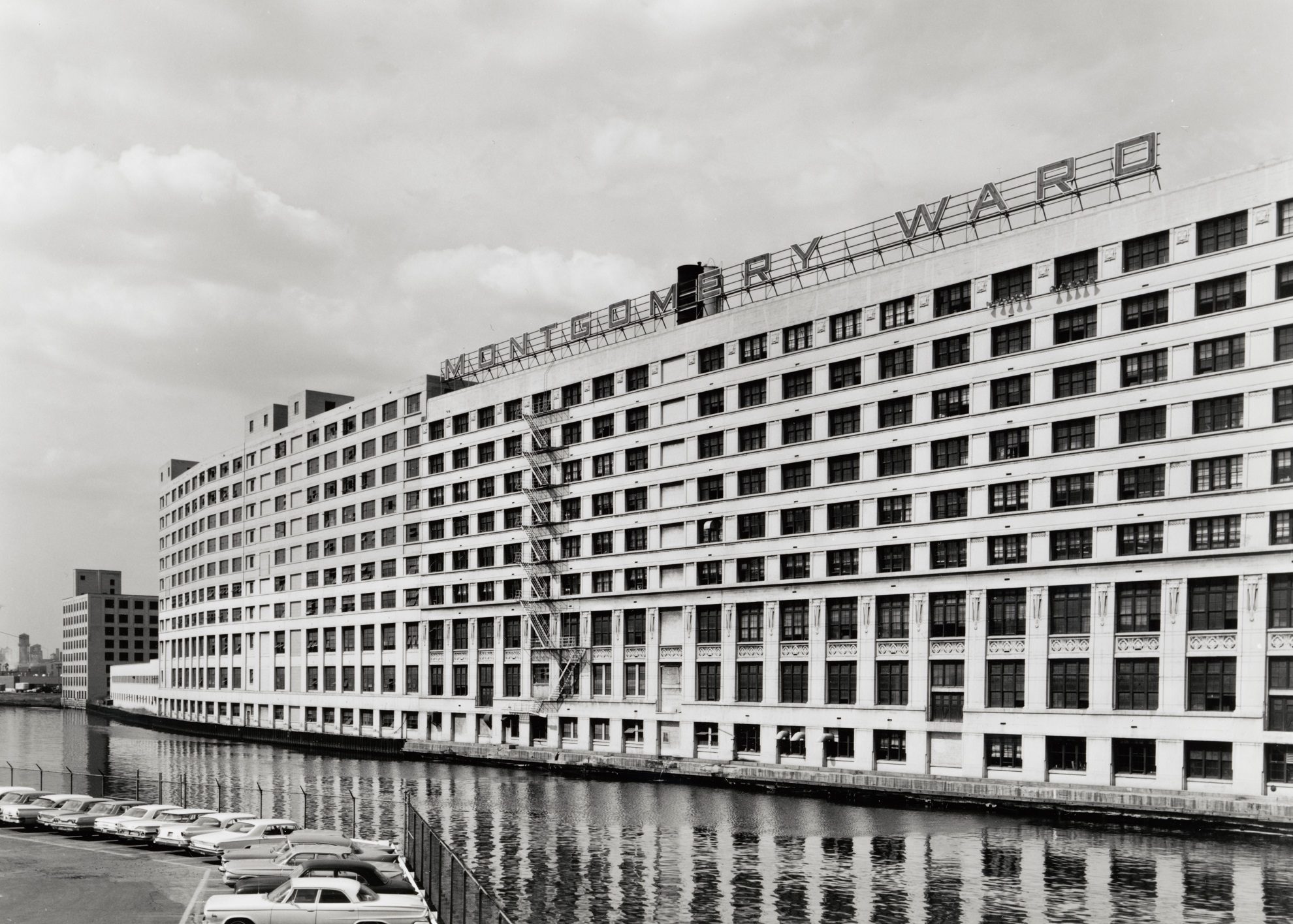
Exterior view of the Montgomery Ward complex, located at 618 W. Chicago Avenue, Chicago, c. 1960. CHM, ICHi-173785
Beyond their success in the mail order industry, as many Chicagoans surely remember, Ward expanded into the retail sector in 1926 with the opening of its flagship store in Chicago, located on S. Michigan Avenue. By the start of the 1930s, Ward operated more than 500 stores in the United States, and it was the largest retailer in the country. Most Americans are familiar with perhaps the most notable creation to come from Montgomery Ward in the 1939 holiday season, with company copywriter Robert May’s creation of a certain red-nosed reindeer named Rudolph.
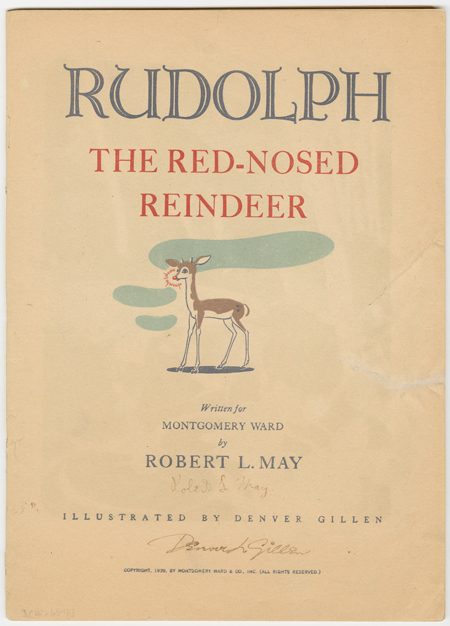
Cover of an original Rudolph the Red-Nosed Reindeer written for Montgomery Ward & Co. by Robert L. May and illustrated by Denver Gillen, 1939. CHM, ICHi-068483
In the latter half of the 20th century, Ward went through several ownership changes that had a drastic impact on company operations. It issued its final mail-order catalog in 1985, and just over a decade later in 1997 it would file for bankruptcy, closing all its remaining brick-and-mortar stores shortly thereafter. Today, the company remains active primarily in e-commerce, with its rights having been acquired by a holding company.
See what people are saying!